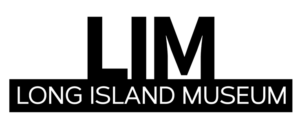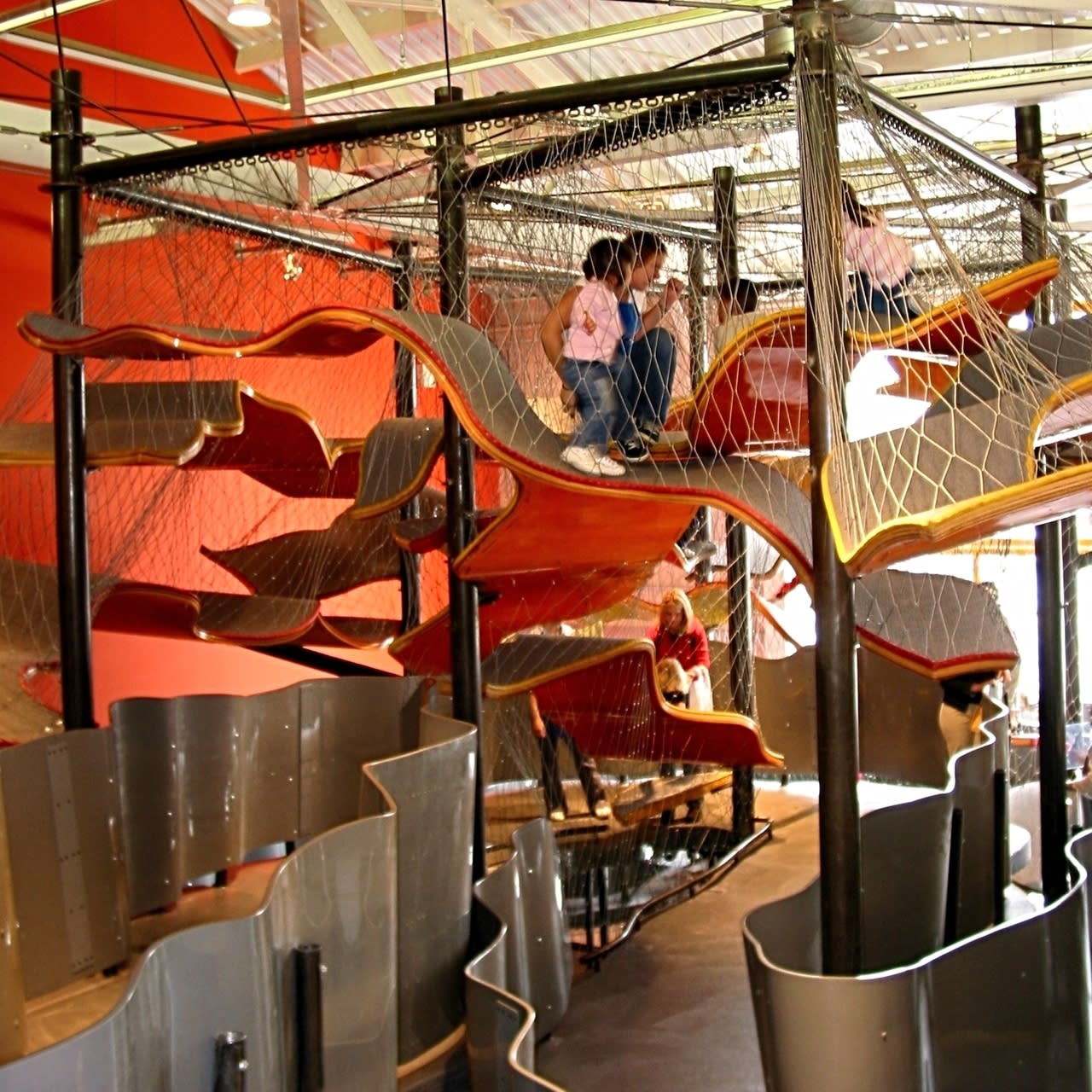Parking Made Easy: Tips for The Long Island Museum Parking
Parking Made Easy: Tips for The Long Island Museum Parking
Blog Article
Discover the Rich History of Long Island at This Fascinating Museum
Submersing oneself in the historic tapestry of Long Island reveals a story that covers weaves and centuries with each other a varied array of impacts. From the Indigenous American tribes that initially occupied the region to the colonial inhabitants that shaped its early foundations, the layers of background at this exciting gallery supply a glance right into a past period. As site visitors traverse via exhibits describing the Industrial Change's impact and Long Island's maritime tradition, a much deeper understanding of the area's development starts to arise. Stay tuned as we discover Long Island's modern-day period, shedding light on how the past remains to reverberate in the present.
Native American Influences on Long Island
The Native American impacts on Long Island have actually played a substantial function fit the area's cultural heritage and historical growth. Lengthy before European settlers arrived, the land currently called Long Island was populated by numerous Native American tribes, including the Massapequas, Montauketts, and Shinnecocks. These tribes lived off the land, fishing in the bountiful waters surrounding the island and cultivating the abundant dirt for farming.
The Native Americans on Long Island had an abundant spiritual and social practice, evident in their detailed art work, traditional dances, and oral narration. Their deep connection to the land is shown for many towns and landmarks on Long Island, which stemmed from the languages of these indigenous individuals.

Colonial Heritage and Very Early Negotiations
With the arrival of European inhabitants, Long Island's landscape began to undertake substantial makeovers as early american heritage and very early settlements took origin in the region. The Dutch were among the very first Europeans to develop an existence on Long Island, with settlements such as New Amsterdam (present-day New york city City) playing a crucial role in the island's early american background. Later on, the English gained control of the region, shaping the architectural and cultural landscape with the facility of towns and villages.
Among the most significant very early negotiations on Long Island was Southampton, established in 1640 by English Puritans seeking religious freedom. This marked the start of arranged European settlement on the island, leading the way for more development and development. With time, even more towns and towns emerged, each with its own special personality and contribution to Long Island's colonial heritage.
As these very early negotiations expanded, they developed the foundation for the varied neighborhoods that exist on Long Island today. The colonial heritage of the area proceeds to be commemorated and maintained, offering site visitors a glimpse right into the past and a gratitude for the rich background that formed Long Island right into what it is today.
Industrial Transformation and Maritime History
During a duration of extensive improvement and technical improvement, Long Island's commercial revolution intertwined with its marine background, forming the area's economic landscape in extraordinary ways. The Industrial Revolution, which began in the late 18th century, brought considerable modifications to Long Island's economic climate. Industries such as whaling, fishing, and shipbuilding thrived along the island's coasts, profiting from its tactical area and abundant natural deposits. The construction of railways and canals further enhanced Long Island's industrial growth, helping with the transport of goods to markets across the country.
Maritime trade played a vital function throughout this age, connecting Long Island to major ports in the USA and past. The island ended up being a center for trade, welcoming seller vessels and promoting a dynamic delivery industry. Long Island's closeness to New york city City additionally added to its economic success, as items can conveniently be moved between the two regions. Today, remnants of Long Island's maritime and commercial past can be checked out at galleries and archaeological sites, using a glance into the area's rich background.
Long Island in the Modern Era
Long Island's evolution in the contemporary era shows a blend of practice and advancement, shaping its modern identity. As one of one of the most largely booming regions in the USA, Long Island has actually come to be a hub for varied sectors, varying from innovation and medical care to finance and tourist (The Long Island Museum parking). The island's distance to New York City has played a substantial role in its growth, with numerous travelers choosing to live in its suburban neighborhoods
In recent years, Long Island has actually witnessed a rise in lasting campaigns aimed at preserving its natural beauty and combating environment modification. The preservation of its coastal locations, such as the Fire Island National Seaside, highlights the island's dedication to environmental conservation. Furthermore, Long Island's cultural scene has flourished, with art galleries, music places, and cinemas adding to its vibrant cultural landscape.
Moreover, the modern-day age has seen Long Island embrace variety and addition, with a growing population of immigrants adding to its rich tapestry of societies. In General, Long Island remains to develop, balancing its abundant background with modern progression to shape a resilient and vibrant neighborhood.
Approaching occasions and special exhibitions
Mirroring Long Island's vibrant cultural landscape and dedication to advancement, the museum is currently organizing a collection of special exhibitions and excitedly expects upcoming events. Among the unique events currently on display is "Long Island With the Ages," which traces the island's abundant history from its very early indigenous residents to today day. This exhibition showcases artefacts, multimedia, and documents discussions that provide an extensive take a look at the varied heritage of Long Island.
In enhancement to the recurring special events, the museum is getting ready for an amazing lineup of upcoming occasions. Site visitors can eagerly anticipate a lecture series featuring popular chroniclers and regional professionals discussing different aspects of Long Island's history. There will also be hands-on workshops where participants can find out standard crafts and skills that have actually been passed down with generations on the island.
These unique events and upcoming events not only enrich the museum experience yet additionally work as a testament to Long Island's vibrant cultural tapestry and the gallery's dedication to maintaining and sharing its heritage with the community. The Long Island Museum entrance fee.
Final Thought
Finally, the museum uses a comprehensive consider the rich background of Long Island, from Native American influences to colonial heritage, commercial change, and modern-day era advancements. With special exhibits and upcoming events, visitors can delve deeper right into the varied cultural and historical facets of the area. Whether you're a background enthusiast or merely interested concerning Long Island's past, this gallery gives an exciting experience for all.
Long prior to European settlers showed up, the land now known as Long Island was occupied by numerous Indigenous American people, including the Massapequas, Montauketts, and Shinnecocks. The Dutch were amongst the initial Europeans to develop a presence on Long Island, with settlements such Website as New Amsterdam (present-day New York City) playing a crucial role in the island's colonial history. Today, remnants of Long Island's industrial and maritime past can be checked out at museums and historical sites, using a glimpse into the region's abundant history.

Please visit one of our local supporters - The Modern Medicare Agency Part D Agent
Report this page